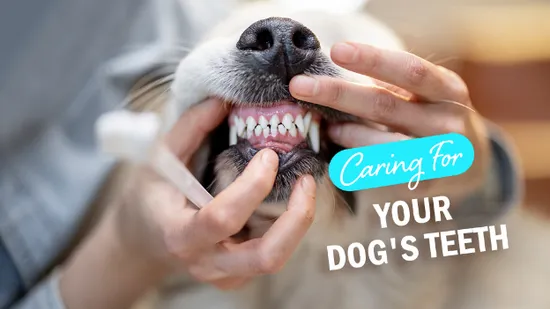Maintaining good dental health is vital for the overall well-being of your dog. Dental problems can lead to discomfort, pain, and other health issues if left untreated. Recognizing the signs of dental problems in dogs is crucial for timely intervention. Here are common indicators that your dog may be experiencing dental issues:
-
Bad Breath (Halitosis):
- Persistent bad breath is often one of the first signs of dental problems in dogs. Foul-smelling breath may indicate the presence of bacteria and plaque buildup in the mouth.
-
Changes in Eating Habits:
- Reluctance to eat or difficulty chewing can be indicative of dental pain. If your dog is dropping food, favoring one side of the mouth, or avoiding hard kibble, it may be experiencing discomfort.
-
Drooling Excessively:
- While some drooling is normal, excessive drooling, especially if it’s sudden and accompanied by other signs, may signal dental issues.
-
Red or Inflamed Gums:
- Healthy gums should be pink. If you notice redness, swelling, or inflammation in the gums, it could be a sign of gingivitis or other dental problems.
-
Bleeding Gums:
- Bleeding from the gums, especially during or after eating, indicates potential gum disease. Blood on toys, food, or water bowls should not be ignored.
-
Changes in Behavior:
- Irritability or changes in behavior, such as increased aggression or reluctance to be touched around the mouth, may suggest dental discomfort.
-
Pawing at the Mouth:
- If your dog is frequently pawing at its mouth or face, it may be trying to alleviate pain or irritation in the oral area.
-
Loose or Missing Teeth:
- Adult dogs should not lose teeth. If you notice loose or missing teeth, it could be a sign of advanced dental disease or trauma.
-
Visible Tartar Buildup:
- Tartar and plaque accumulation on the teeth can lead to dental issues. If you see yellow or brown deposits on your dog’s teeth, it’s an indication of poor oral hygiene.
-
Difficulty Swallowing:
- Difficulty swallowing, excessive licking of lips, or gagging may suggest dental pain or an oral obstruction.
-
Nasal Discharge or Sneezing:
- Dental issues can sometimes lead to nasal discharge or sneezing if there’s an infection or abscess affecting the nasal passages.
-
Weight Loss:
- Dental problems can impact a dog’s ability to eat, leading to weight loss. If you notice a sudden drop in weight, consult with your veterinarian.
-
Visible Tumors or Growths:
- Tumors or growths in the oral cavity may be indicative of more serious dental issues and should be examined by a veterinarian.
-
Excessive Head Shaking:
- Unusual head shaking or tilting may be a response to oral pain or discomfort.
If you observe any of these signs in your dog, it’s essential to consult with a veterinarian promptly. Regular dental check-ups and professional cleanings are crucial for maintaining your dog’s oral health. Additionally, establishing a dental care routine at home, such as brushing your dog’s teeth and providing dental chews or toys, can contribute to preventing dental problems and keeping your canine companion’s smile healthy.






